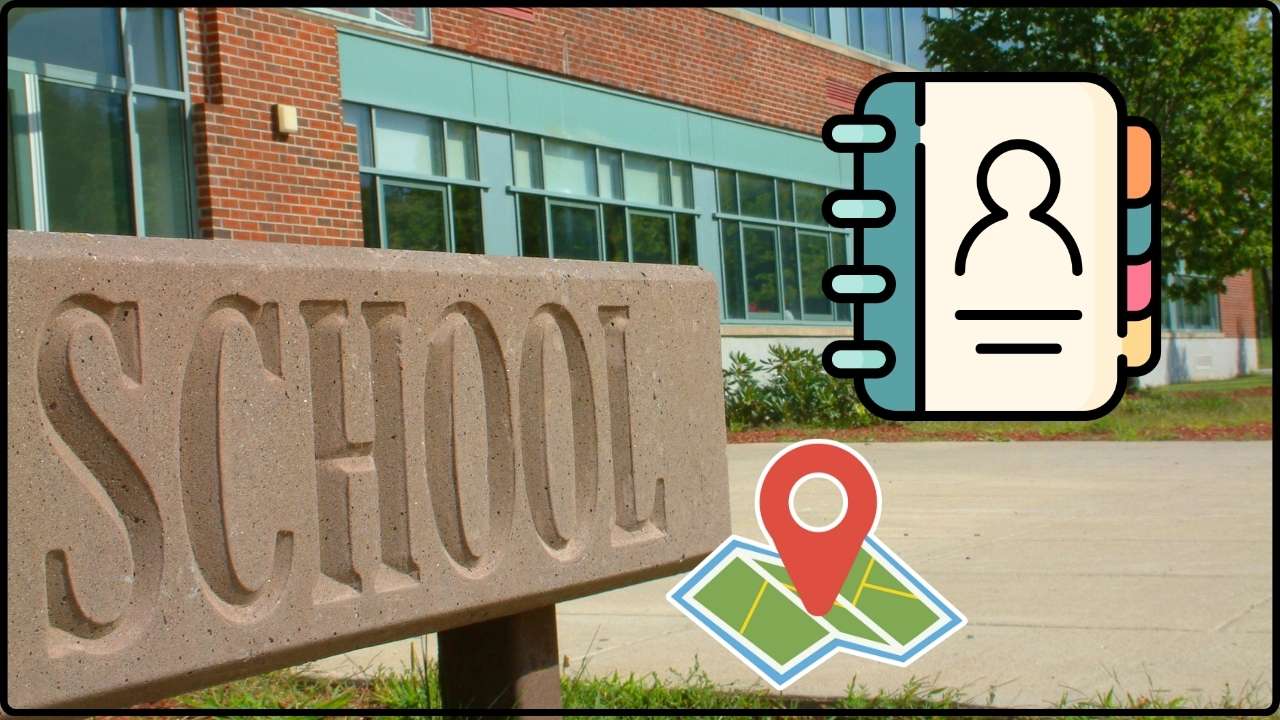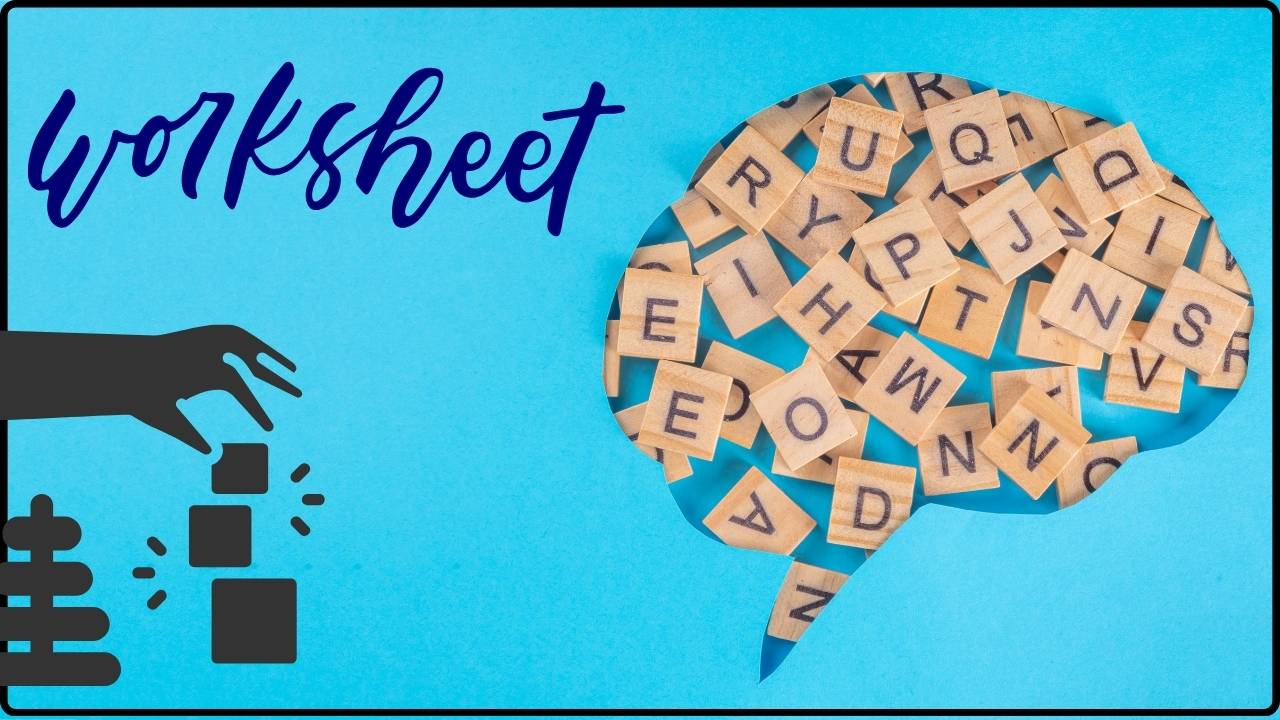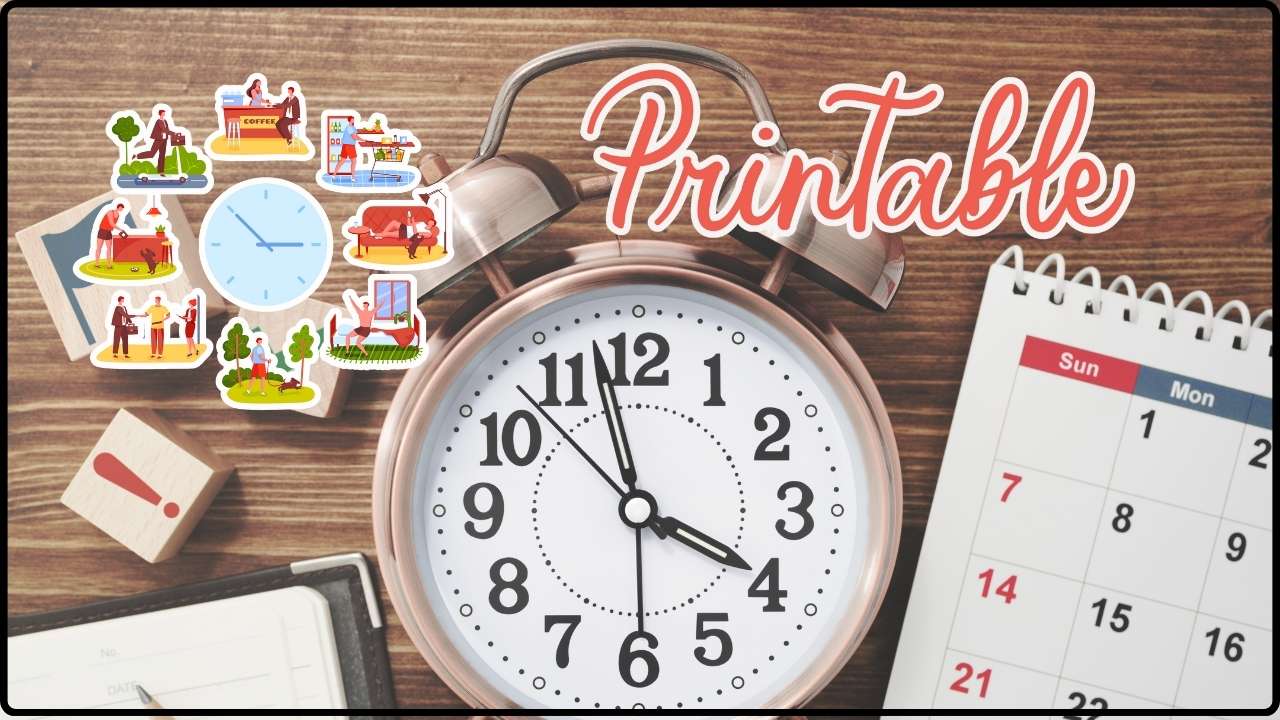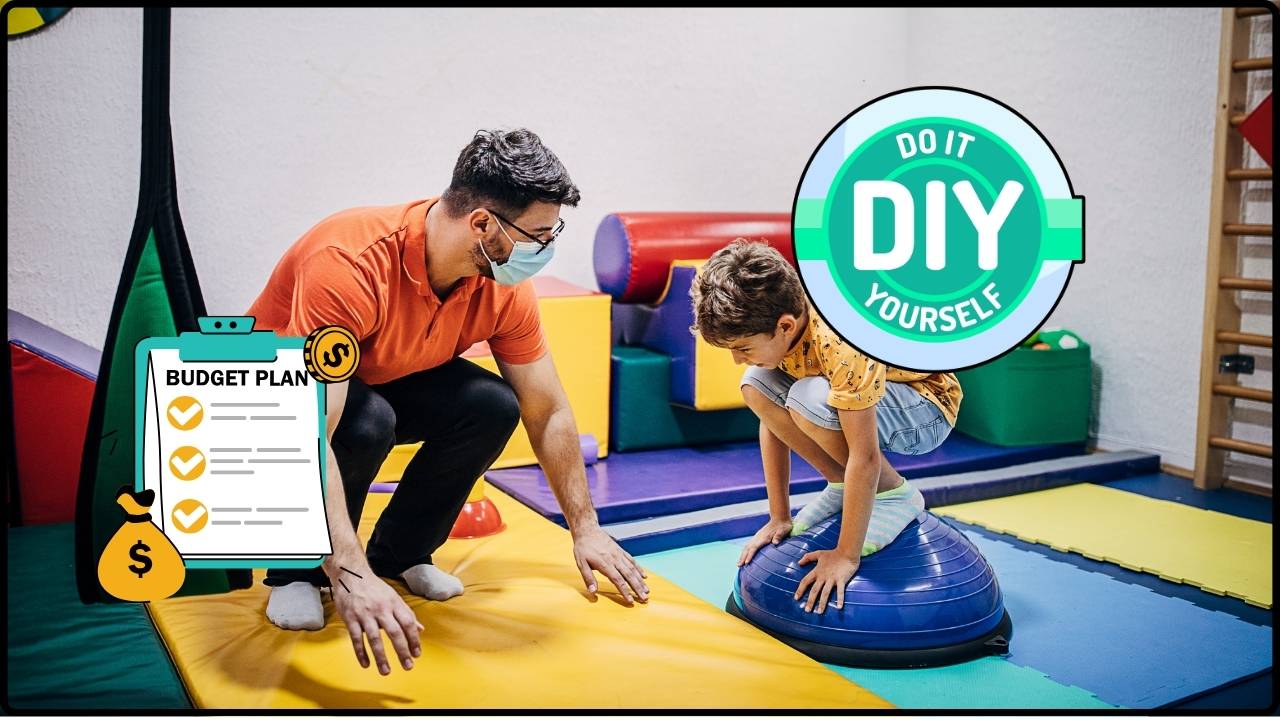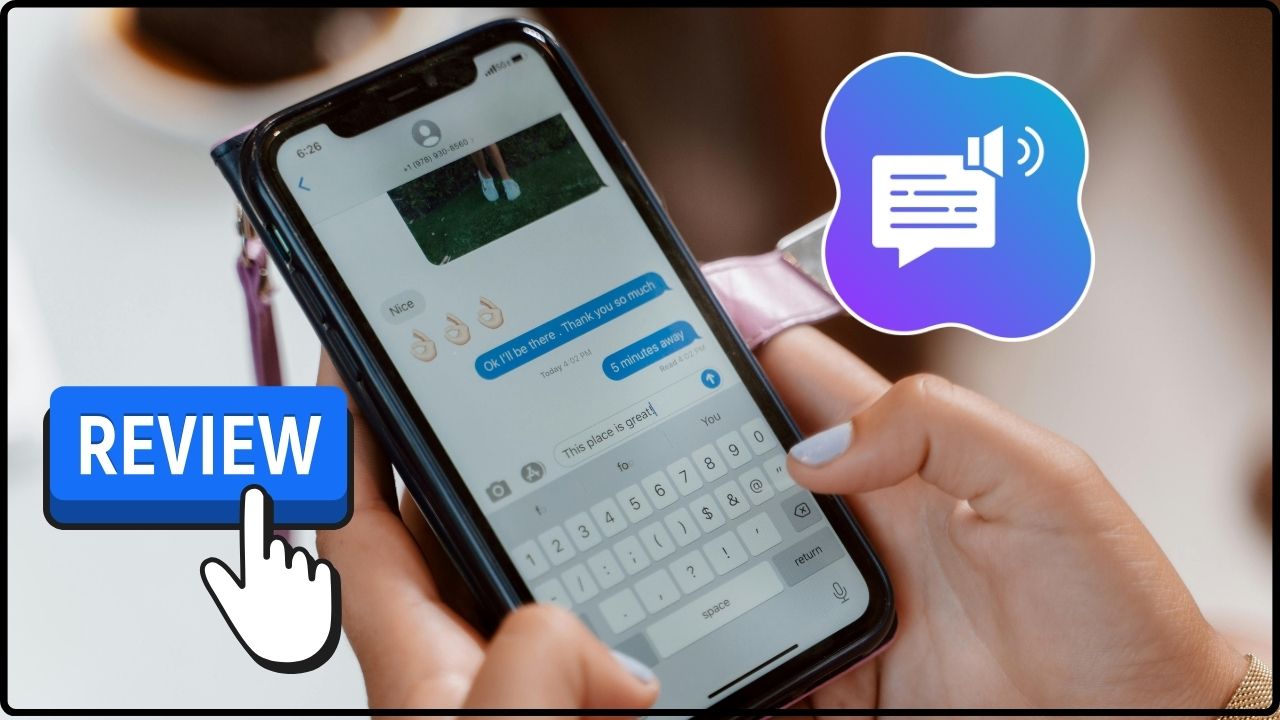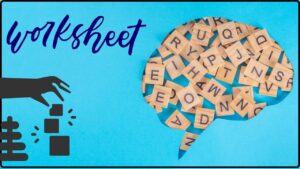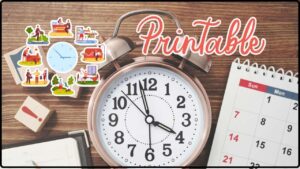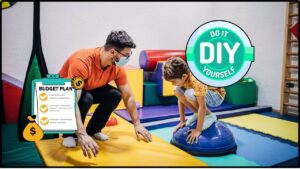
Erasmus+ for Inclusion: If you’re a school leader, teacher, or education pro in the U.S. wondering how to get your hands on some sweet Erasmus+ funding for an inclusion project, you’re in the right spot. Erasmus+ is the European Union’s flagship program supporting education, training, youth, and sport with a sharp focus on inclusion—making sure no kid gets left behind, especially those facing barriers like disabilities, socio-economic challenges, or cultural differences. So, how do you craft a winning project proposal that ticks all the boxes and gets noticed? Let’s break it down, keeping it real, accessible, and packed with expert tips that anyone from a 10-year-old to a seasoned educator can grasp.
Table of Contents
Erasmus+ for Inclusion
Writing a winning Erasmus+ inclusion project proposal is all about showing your passion and commitment for diversity and equal opportunity in education. By understanding the program’s priorities, conducting detailed needs analysis, designing quality activities, and planning for impact and sustainability, your school can snag that funding to make a genuine difference. Remember, it’s more than just a proposal—it’s a chance to open doors for every student to thrive in today’s interconnected world.
| Aspect | Details |
|---|---|
| Program Focus | Education, training, youth, sport with inclusion and diversity emphasis |
| Budget Range | Typically covers staff/pupil mobility, training, project management; budget depends on scope |
| Target Groups | Disadvantaged youth, persons with disabilities, ethnic minorities, rural communities |
| Key Proposal Elements | Needs analysis, objectives, project design, partnerships, impact, sustainability |
| Professional Development | Includes training for educators on inclusive teaching methods and intercultural awareness |
| Application Deadlines | Vary by country and call; plan ahead for deadlines, usually annual |
Why Erasmus+ for Inclusion Projects Matter?
Erasmus+ is all about building bridges across borders, helping schools create inclusive, diverse learning environments. Inclusion projects are tailor-made to boost equal opportunities and ensure participation from all communities, including those who might otherwise be left out. These projects can help your school strengthen teaching methods, offer mobility opportunities abroad, and bring fresh ideas to life right in your backyard.
Inclusion isn’t just about ticking a box or meeting requirements. It’s about fostering an environment where every student feels valued and has the same shot at success. For many schools, especially in diverse communities, this means overcoming challenges such as language barriers, lack of resources, or social stigmas. Erasmus+ provides a framework and funding to address these hurdles through innovative, cooperative projects.
Crafting a Solid Erasmus+ for Inclusion Project Proposal: Step-by-Step Guide
Step 1: Understand the Erasmus+ Inclusion Priorities
Before putting pen to paper, get familiar with the Erasmus+ priorities. The program places strong emphasis on social inclusion, equal opportunities, and diversity. Your proposal must actively engage participants with fewer opportunities and create an inclusive environment that welcomes differences. This focus is the headline of your proposal—it must scream commitment to inclusion.
Erasmus+ defines “participants with fewer opportunities” broadly, including individuals facing economic hardship, disabilities, cultural barriers, or living in rural or disadvantaged areas. Showing deep understanding of these categories and explaining how your project will specifically support these groups is critical.
Step 2: Identify and Analyze Real Needs
Conduct a thorough needs analysis. Be concrete: who exactly are you targeting? What specific barriers do they face? For example, your school might serve many students with learning disabilities, new immigrant families struggling with English, or economically disadvantaged kids lacking access to digital resources.
Beyond data, involve these groups or representatives in the planning phase to ensure the project reflects their real concerns and needs. This moves your proposal from a mere formality to a truly empowering initiative.
You can gather needs data through surveys, focus groups, existing school performance metrics, or community consultations. Citing this research strengthens your case by showing the project responds to documented challenges.
Step 3: Set Clear, Measurable Objectives
Define clear, achievable goals that address the needs you’ve identified. Goals should be specific, measurable, attainable, relevant, and time-bound (SMART). For example:
- Increase the language proficiency of refugee students by 20% within one school year through tailored language support activities.
- Train 30 teachers and staff in trauma-informed and inclusive teaching practices before the project’s end.
- Organize an international exchange involving 15 students from underrepresented groups with partner schools in Europe.
Setting such objectives enables the project to show tangible results that evaluators look for in winning proposals.
Step 4: Design Quality Activities and Partnerships
Your activities should directly support your goals. Plan activities that are concrete, educational, and transnational—meaning they involve at least one partner abroad.
Examples include:
- Intensive training workshops for teachers on inclusive instructional methods and digital tools.
- Student mobility, such as exchange visits or virtual collaboration projects, fostering intercultural learning.
- Parent and community engagement activities promoting inclusion values.
- Development of accessible learning materials adapted to diverse needs.
Choosing the right partners is essential. Your partners should complement your expertise and share your inclusion vision. This might include schools with strong diversity programs, NGOs supporting marginalized groups, or local authorities. Highlight each partner’s role clearly in your proposal.
Step 5: Plan for Impact, Dissemination, and Sustainability
Explain how your project will make a lasting difference beyond the funding period. This means:
- Demonstrating how the project will improve skills, attitudes, or access for target groups.
- Sharing results widely via school events, social media, webinars, conferences, or publications.
- Integrating successful practices into your school’s ongoing curriculum or policies.
- Committing to continued collaboration with partners beyond the grant.
Embedding sustainability shows evaluators your project won’t fizzle out once the money runs dry. Plans for continued funding, adoption by other schools, or community involvement strengthen your case.
Step 6: Prepare a Realistic Budget
Erasmus+ funds must be used efficiently for activities tied to your objectives. Common budget items include:
- Travel and accommodation for staff and students involved in mobility activities.
- Costs for organizing workshops, including facilitators and materials.
- Development and printing of inclusive teaching tools.
- Staff time and project management.
Be transparent and realistic. Over- or under-budgeting can hurt credibility.
Step 7: Follow Formal Application Procedures
- Register your school on the Erasmus+ platform and obtain a Participant Identification Code (PIC).
- Collect all required supporting documents, such as partnership agreements and ethical approvals.
- Use the official application forms and strictly adhere to format and word limits.
- Submit before the deadline—no late entries accepted.
Careful attention to these procedural details reduces risks of administrative rejection.
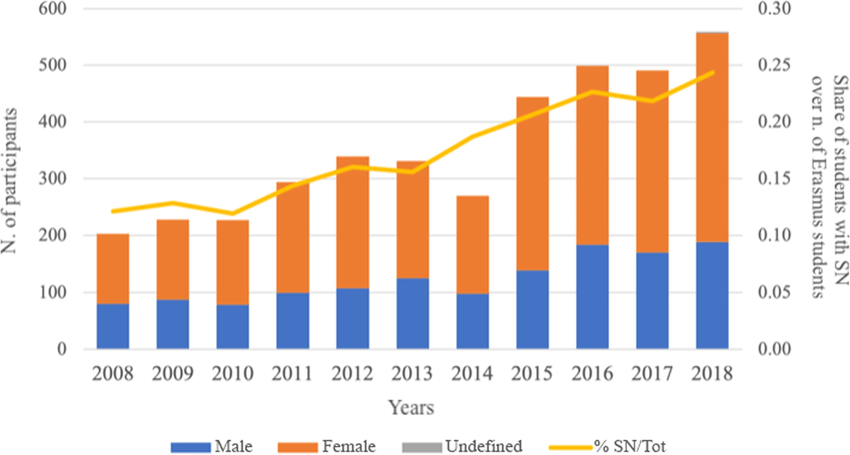
Adding Value: Tips for Standing Out in Your Proposal
- Tell a Story: Don’t just list facts—weave a narrative showing how your project transforms lives. Include student or teacher stories that illustrate challenges and the difference your project will make.
- Show Innovation: What makes your approach fresh? Maybe you’re integrating assistive technology for students with disabilities or developing new peer mentoring programs.
- Include Robust Evaluation: Outline clear indicators to measure progress (e.g., surveys, test scores, attendance) and describe when and how evaluation will happen. This shows professionalism.
- Promote Cultural Exchange: Highlight how your project goes beyond inclusion inside the classroom to building intercultural understanding—a key Erasmus+ goal.
- Address Risks and Challenges: Identify potential hurdles (e.g., language barriers, technology access) and explain how you will mitigate them. This preparedness strengthens your proposal.
Real-World Example: Inclusion through Erasmus+ in Action
Imagine a school in Ohio launching a project to support refugee students through cultural exchanges with a partner school in Spain. The project includes:
- Language immersion activities combined with digital storytelling.
- Staff attending workshops on trauma-informed teaching and culturally responsive pedagogy.
- Students participating in virtual pen-pal programs before traveling to experience life in another country.
This initiative not only helps newly arrived kids adjust but enriches the entire school culture with global perspectives and stronger inclusion practices.
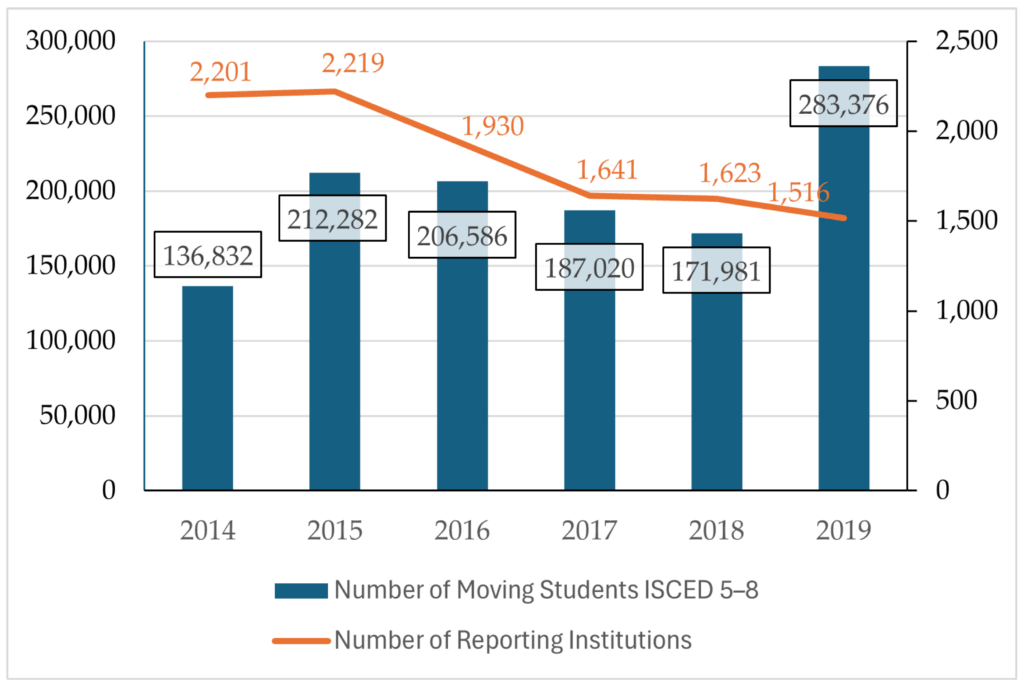
Inclusive Physical Education: Games and Adaptations for Mixed-Ability Groups
The “Green Classroom” Model: Utilizing Outdoor Learning for Sensory Regulation
Dyslexia in the Regular Classroom: How to Adapt Texts and Tests for Success

